If Fantastic Four: First Steps sparked curiosity about Marvel’s first family, then you are not alone here. For the first time, Marvel has released a faithful adaptation of Marvel’s First Family. Fantastic Four: First Steps showed how the Fantastic Family bonds together through hardships, and as individuals. The movie itself did a fantastic job bringing each character to their core on screen. The live-action adaptation does have its limitations, but as soon as you dive into the comics, you will see why they are Marvel’s first family.
Stan Lee and Jack Kirby’s Original run (1961-1970)
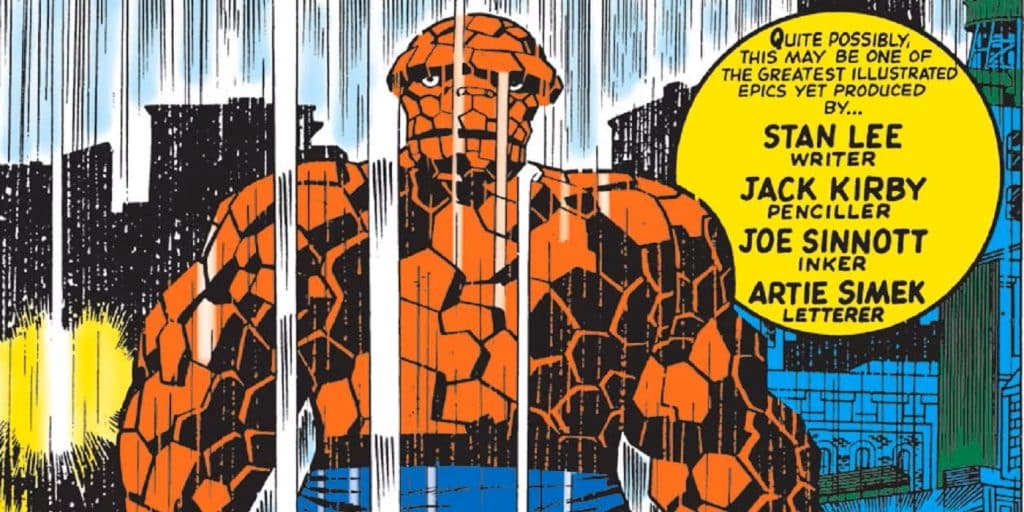
Issues #1-102
This is where the Fantastic Four first began, along with the Marvel Comics we know today. The original run became the definitive staple of how we envision the Fantastic Family’s journey through cosmic adventures, battling monsters, and their interpersonal development. The original comics also served as a launching point for mainstream characters like Doctor Doom, Black Panther, the Inhumans, Galactus, the Silver Surfer, and many others. All of it has its unique silver age charm with timeless ideas, vintage narrative, and emotional character arcs.
John Bryne’s Run (1981-1986)
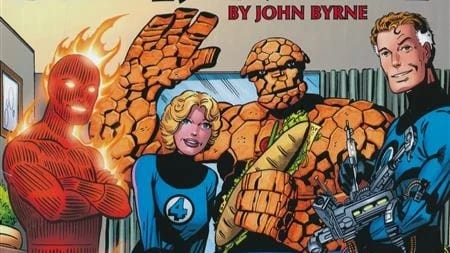
Issues #232-295
John Byrne’s Fantastic Four is often considered to be the book’s second golden age. John Bryne redefined the family for the new generation, bringing sharper character dynamics, grounded dialogue, and a stronger continuity. He has also restored Doctor Doom to his proper status as one of Marvel’s most intelligent and complex villains. Not only did he make him complex again, but he also demonstrated how Doctor Doom is manipulative, making him even more unpredictable.
Ryan North and Iban Coello’s Run (2022-Present)
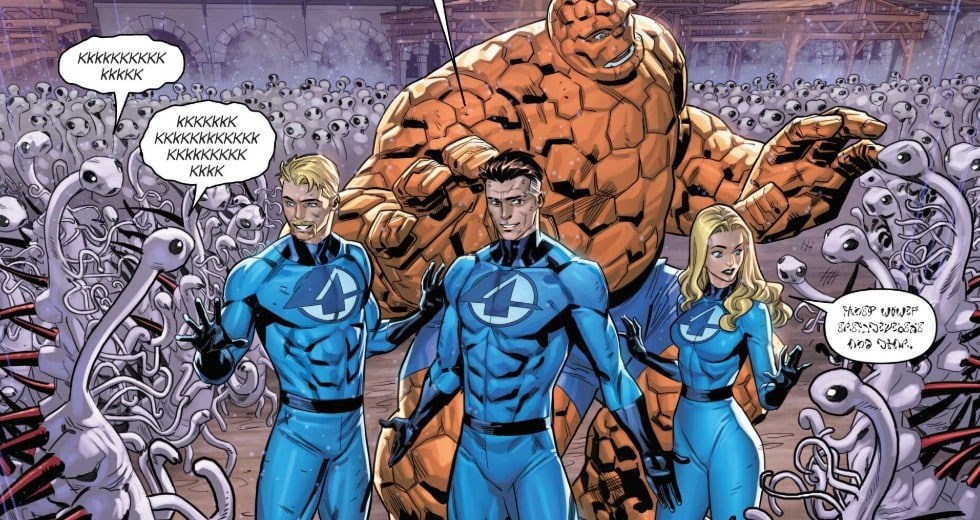
Vol. 7, Issues #1-33
The current run of the Fantastic Four is one of my personal favorites. Ryan North, Esiner- winning writer of Unbeatable Squirrel Girl and Dinosaur Comics, and Iban Coello brought back the Twilight Zone aspect of the Fantastic Four, similar to the original run from the 1960s.
While you have the vibes of the Twilight Zone, the run also has a mystery about how the Fantastic Four are outcasts, and what Doom has planned for the team. Each issue takes its time building up mysteries that each member needs to solve before they reunite. The run focuses on the weird science, anomalies, and a dash of mystic arts. The run is reader-friendly, and you can easily jump in without doing as much homework.
Mark Waid & Mike Wieringo’s Run (2002-2005)
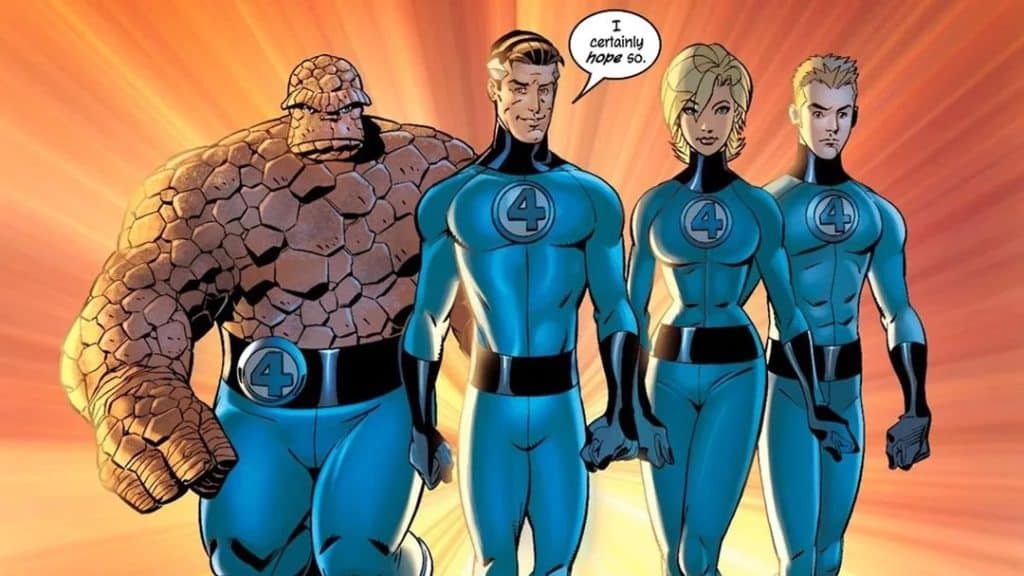
Issues #500-524
Right after Marvel’s Heroes Reborn, he decided that it was time for a change. When he picked up the Fantastic Four at Marvel, instead of making them your traditional heroes, he made the family more like imaginative explorers. Waid kept the core of the Fantastic Four while maintaining a modern storyline. What makes this great for newcomers is that this run has similar tones to Fantastic Four: First Steps.
Jonathan Hickman’s Run (2009-2012)

Issues #570-611
Jonathan Hickman’s run is not just about the family; it’s also about their legacy. Hickman redefined their title by exploring multiversal stakes, sacrifices, legacy, and personal themes about family, keeping you on the edge of your seat. This is not a one-off team-up with a simple conflict. Hickman created a long-form saga filled with puzzles and philosophies that carry weight concerning Reed’s responsibilities as the smartest man in the Marvel Universe. If you are familiar with the MCU’s take on the multiverse, the run explores the Council of Reeds and the Future Foundation.
Dan Slott Run (2018-2022)
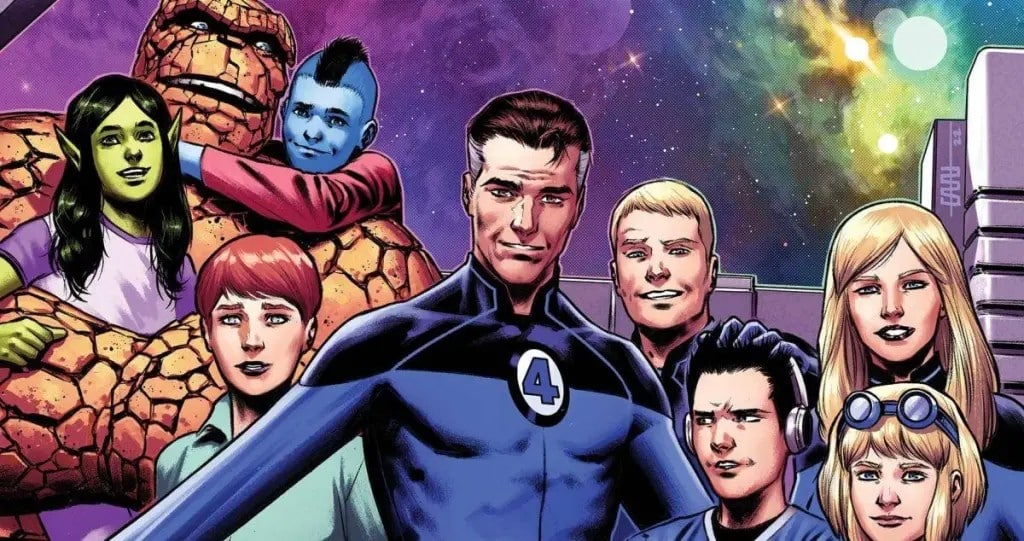
Vol. 6, Issues #1-48
After Marvel’s hibernation from publishing Fantastic Four comics, Dan Slott was chosen to write, and artists including Sara Pichelli, R.B. Silva, and Paco Medina were assigned to the project. Slott’s run focuses on the family’s reunion after a period of separation and reigniting their mission as explorers of the unknown. He also revisits Doctor Doom, Mole Man, and Annihilus, giving them a fresh narrative without requiring an extensive backstory.
While Slott gives us large-scale plots, he doesn’t lose sight of their core: pushing the boundaries of science, heroism, hope, and heartfelt moments between the characters. Not only did he focus on the core values, Slott also showed the importance of Franklin and Valeria Richards’ growth as they learn how to be heroes.
Conclusion
First Steps is a prologue to what the comics have to offer. These runs are only the beginning of the Fantastic Four’s legacy, and countless other stories are waiting to be discovered. What’s your favorite Fantastic Four run? Drop it in the comments and let’s build the ultimate reading list together.
